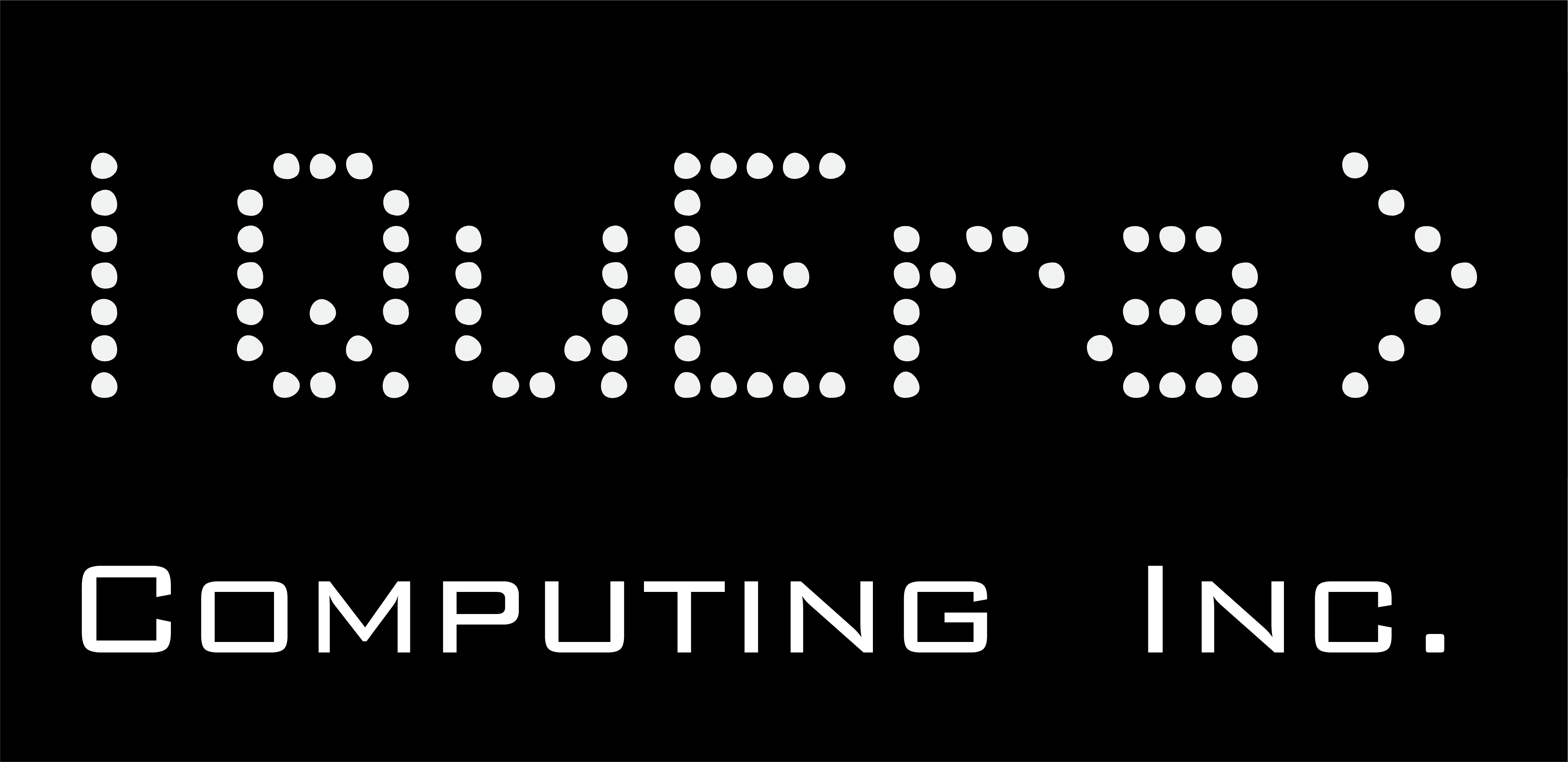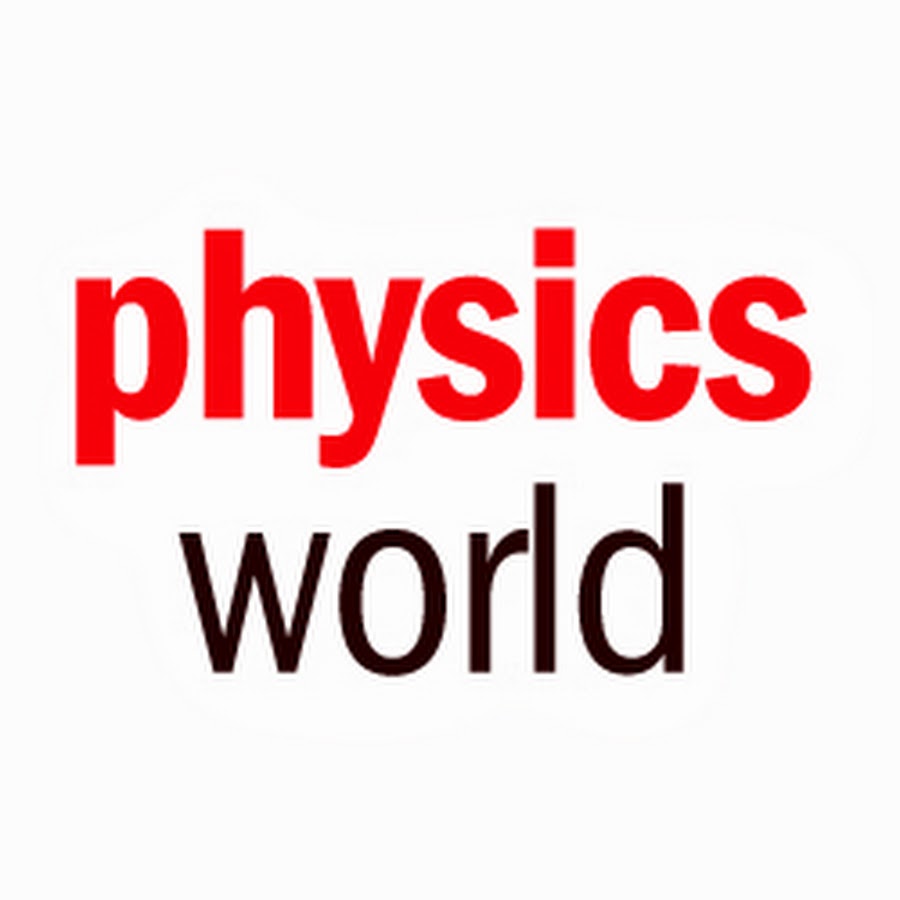
Quantum News Briefs: January 17, 2024:
Honeywell Announces the Closing of $300 Million Equity Investment Round for Quantinuum at $5B pre-money valuation

Honeywell (NASDAQ: HON) has successfully closed a $300 million equity fundraising for Quantinuum, valuing the leading quantum computing company at $5 billion pre-money. This first equity round since the 2021 merger between Cambridge Quantum Computing and Honeywell Quantum Solutions, led by JPMorgan Chase and supported by Mitsui & Co., Amgen, and Honeywell, brings Quantinuum’s total capital to about $625 million. The funding aims to accelerate the development of universal fault-tolerant quantum computers and enhance software offerings. JPMorgan Chase, a significant partner since 2020, highlights the potential impact of quantum technology on financial services. Quantinuum’s technologies are also being used by major companies like Airbus and BMW Group to tackle global challenges.
EU launches Nostradamus Consortium to prepare Europe for a Quantum World

The European Commission is advancing towards secure digitalization by commissioning a consortium, led by Deutsche Telekom and named “Nostradamus,” to build a testing infrastructure for Quantum Key Distribution (QKD). This project includes partners like Thales, the AIT Austrian Institute of Technology, and industry and academic experts. The initiative aims to develop the European Quantum Communication Infrastructure (EuroQCI), enhancing security for data centers, communications networks, and critical infrastructures such as hospitals and power plants through fiber optics and satellite quantum technology. This infrastructure is part of the EU’s long-term cyber security strategy and will also support the encrypted EU satellite network IRIS2, providing government communication services and fast satellite internet. The project represents a significant step in enhancing European cybersecurity and digital sovereignty, using quantum mechanics for fundamentally secure data exchange and positioning the EU as a leader in advanced technology and quantum encryption.
QuEra and Pawsey Partner to Drive Innovation in Quantum Computing and Supercomputing in the United States, Australia and Around the World
QuEra Computing and Pawsey Supercomputing Research Centre have announced a partnership to advance quantum technology. This collaboration involves the development of quantum emulation software optimized for Pawsey’s Setonix supercomputer, one of the most powerful and eco-friendly supercomputers globally. QuEra, a leader in neutral-atom quantum computing, will provide Pawsey with private cloud access to its 256-qubit Aquila-class quantum computers, along with expert consulting and training. These quantum computers feature unique FPQA™ technology for flexible qubit reconfiguration and are supported by the open-source software package Bloqade™. This partnership seeks to integrate high-performance computing with quantum technology, aiming to create powerful scientific and commercial innovation tools. The collaboration will focus on various applications, from optimization and quantum chemistry simulations to radio astronomy and AI, leveraging the combined strengths of QuEra’s quantum expertise and Pawsey’s supercomputing capabilities.
Defying Current Theories of Superconductivity – “Sudden Death” of Quantum Fluctuations Stuns Princeton Scientists

Princeton physicists, led by Sanfeng Wu, have made a significant discovery in the realm of quantum physics by experimenting with a three-atom-thin insulator capable of transitioning into a superconductor. Their research, published in Nature Physics, challenges established theories by revealing unique quantum behaviors and properties in superconducting quantum transitions that don’t align with conventional wisdom. The team observed abrupt changes in quantum mechanical fluctuations, key to understanding quantum phase transitions at temperatures near absolute zero. These fluctuations, typically seen during phase transitions like ice melting into water, were investigated in a superconductor state. The research involved cooling tungsten ditelluride to 50 milliKelvin and introducing extra electrons to transition it from an insulator to a superconductor. They found that quantum vortices proliferate rapidly at a critical electron density, leading to a new type of quantum phase transition. This “sudden death” of fluctuations at the quantum critical point presents an anomaly that existing theories, such as the Ginzburg-Landau and BKT theories, cannot explain, indicating a need for new theoretical frameworks in quantum condensed matter physics and superconductivity.
In Other News: Physics World article: “CERN QTI: harnessing big science to accelerate quantum innovation”
A new Physics World article highlights that the Quantum Technology Initiative (QTI) at CERN, a collaboration between high-energy physics and quantum technology communities, has entered its next phase in January 2024. Benjamin Frisch of CERN’s Knowledge Transfer group’s initiative focuses on leveraging quantum computing and sensing to achieve quantum advantage in CERN’s high-energy physics program. This includes exploring applications in the Compact Muon Solenoid at the Large Hadron Collider. The QTI aims to build a mutual understanding between the communities, identifying opportunities where CERN can contribute to quantum technology development. The initiative also emphasizes education and technical dissemination, highlighted by conferences like QT4HEP and QTML. With an industrial engagement strategy, CERN fosters partnerships in the quantum industry and contributes to the European Quantum Industry Consortium (QuIC). A key aspect of CERN QTI is capacity building, offering education and training in quantum sciences to its diverse workforce, including scientists, engineers, and students. Phase II of CERN QTI will consolidate investigations to impact CERN’s high-energy physics research, focusing on integrating quantum computing systems and developing quantum networking and sensing technologies.
In Other News: DevOps.com article: “Businesses Must Bridge the Skills Gap to Succeed With Quantum Computing”

Quantum computing is on the brink of transforming business problem-solving, with advancements from major developers like IBM, a DevOps.com article states. However, a significant challenge remains: the lack of quantum skills in the labor market. A survey by Classiq reveals the vast potential of quantum computing, including cost savings and competitive advantages, but also highlights a critical shortage of qualified engineers and scientists for quantum programming. This skills gap, a result of the complexity and novelty of quantum computing, is hindering companies from fully leveraging quantum technology and leading to intense competition for the limited quantum-trained talent available. Unlike classical computing, quantum programming requires an understanding of quantum mechanics and new problem-solving approaches. The technology is still largely at the assembly language level, making complex programming extremely challenging. To bridge this gap, companies are encouraged to upskill their existing workforce, with surveys indicating a strong willingness among engineers and programmers to learn quantum skills. Open-source materials and low-code software can aid in this learning process. Additionally, companies must invest in supporting infrastructure and resources for their emerging quantum talent to ensure they are prepared for the quantum revolution.
In Other News: InvestorPlace article: “Quantum Computing Quest: 3 Stocks on the Cutting Edge”
The U.S. economy is set to receive a potential boost with a $70 billion tax deal under negotiation in Congress aimed at renewing business tax breaks and increasing child tax credits, an InvestorPlace article explains. This fiscal stimulus could enhance consumer spending and invigorate the economy. In the realm of quantum computing, Honeywell International Inc (HON) shows promising growth, especially with its new building automation AI and robust financials, making it a recommended buy for portfolio diversification. Alphabet Inc (GOOGL) is another strong contender, with its stock potentially rising due to its expanding Google Cloud, innovative products like Pixel phones, and overall strong financial performance. Splunk Inc (SPLK) also stands out with its financial improvement and advancements in the Edge Processor technology. These companies, riding the wave of quantum computing and AI, are positioned to see significant valuation increases, making them attractive investment opportunities in the current economic climate.
Kenna Hughes-Castleberry is the Managing Editor at Inside Quantum Technology and the Science Communicator at JILA (a partnership between the University of Colorado Boulder and NIST). Her writing beats include deep tech, quantum computing, and AI. Her work has been featured in Scientific American, Discover Magazine, New Scientist, Ars Technica, and more.
- SEO Powered Content & PR Distribution. Get Amplified Today.
- PlatoData.Network Vertical Generative Ai. Empower Yourself. Access Here.
- PlatoAiStream. Web3 Intelligence. Knowledge Amplified. Access Here.
- PlatoESG. Carbon, CleanTech, Energy, Environment, Solar, Waste Management. Access Here.
- PlatoHealth. Biotech and Clinical Trials Intelligence. Access Here.
- Source: https://www.insidequantumtechnology.com/news-archive/quantum-news-briefs-january-17-2024-honeywell-announces-the-closing-of-300-million-equity-investment-round-for-quantinuum-at-5b-pre-money-valuation-eu-launches-nostradamus-consortium-to-prepare/






